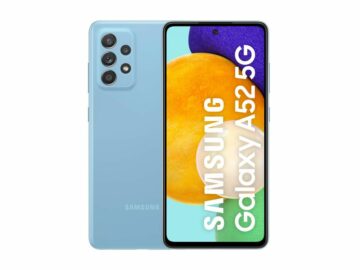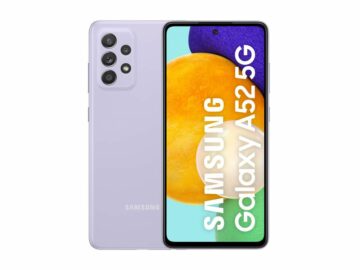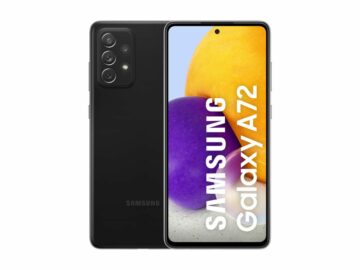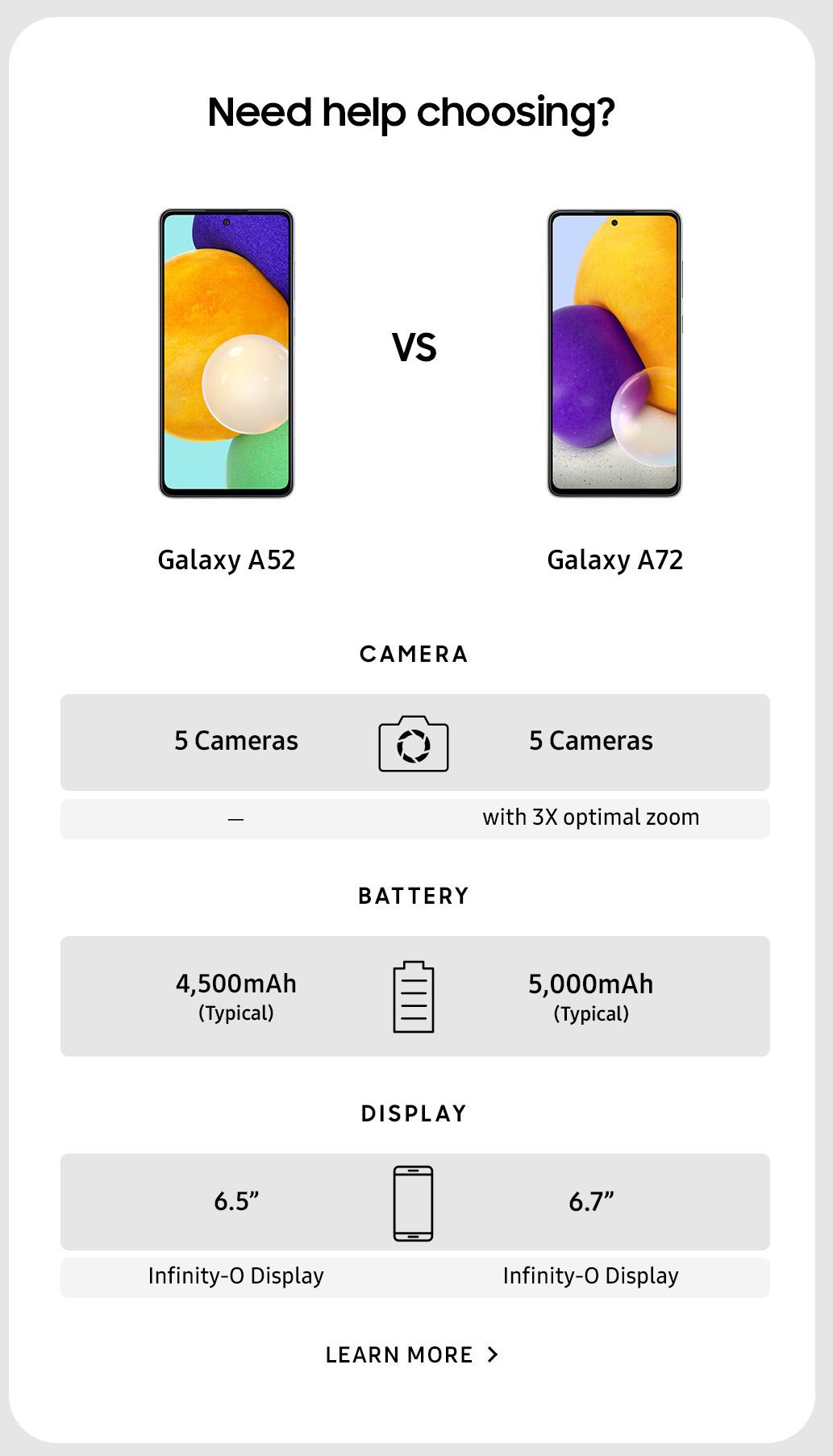The Galaxy A30 and Galaxy A31 were simple mid-range phones that targeted customers who didn’t need many bells and whistles. That would have been true for the Galaxy A32 as well, only Samsung has made the phone stand out by equipping it with a high refresh rate display, which has only been seen on flagship Galaxy phones up till this point.
It’s a 90Hz (Full HD+) panel so it’s not the best you can get, but for a lower mid-range Galaxy smartphone, it’s a fancy feature that no one had expected. However, like the Galaxy A31, the Galaxy A32 is powered by a MediaTek chipset, which instantly brings its ability to offer a good experience on a high refresh rate screen into question.
But hey, the Galaxy A32 isn’t a one-trick pony. Even if you never use the high refresh rate, you’re getting a few other attractive features, like a 5,000 mAh battery, a 48MP quad-camera setup, and the latest Android and Samsung software out of the box.
And in this review, you will find out whether all of those features come together to make the Galaxy A32 a worthwhile purchase, so let’s get started.
Galaxy A32 design
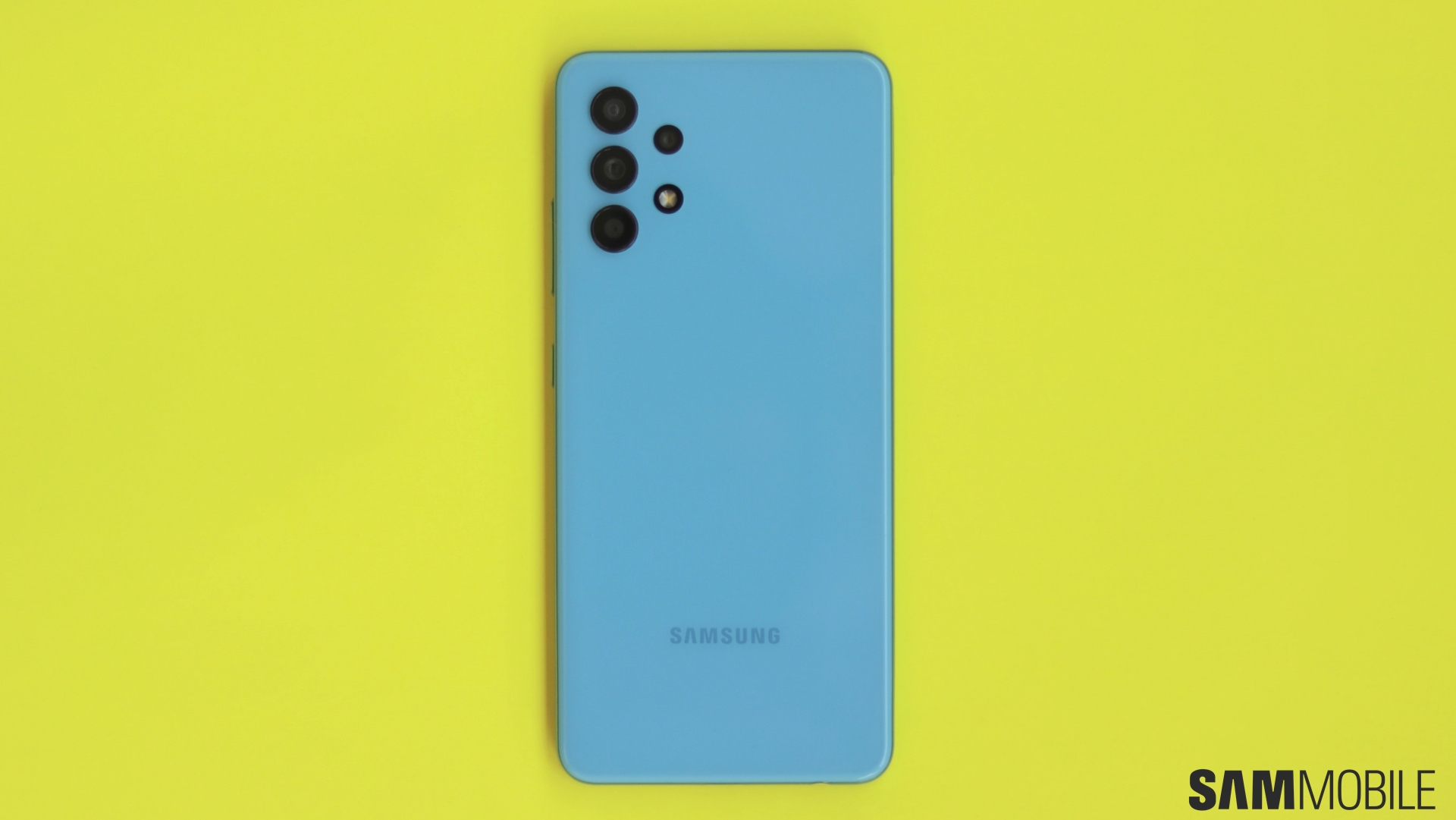
I love the new design language Samsung is pushing on its A series phones in 2021. It’s a minimalistic approach that includes a plain back without any fancy patterns, and on the A32, the camera sensors just stick out from the main body instead of having a dedicated island of their own. I find it all very cute and a fresh take on smartphone design from Samsung, one that we will see on other A series devices as well, such as the Galaxy A52 and Galaxy A72.
The Galaxy A32 is also quite compact by modern standards, and it doesn’t feel very heavy for a phone with a 5,000 mAh battery under the hood. As you would expect, the back is made of plastic and so is the frame, so the A32 doesn’t feel very premium (and it also picks up fingerprint smudges and minor scratches with ease). Still, the build quality is excellent, and a plastic back means you don’t need to worry about breakage on both sides should the phone take a tumble down to the ground.
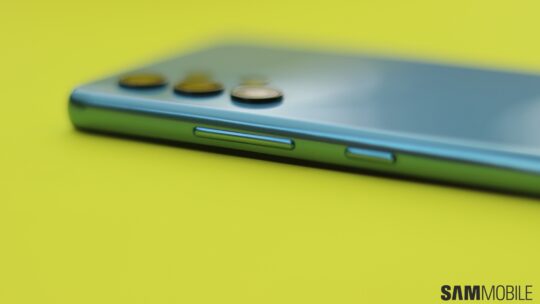
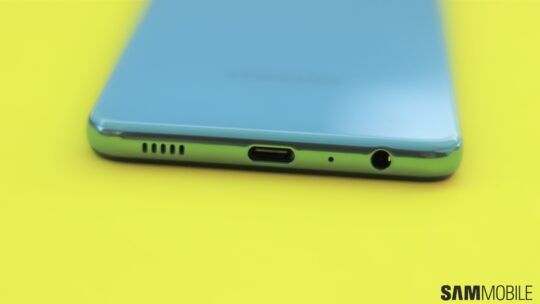
One way in which the Galaxy A32 feels outdated is those sizable bezels around the display. This phone might have a high refresh rate to separate itself from previous Galaxy A3x series phones, but this is still the old Infinity-U display we have seen on many cheap Galaxy mid-rangers. And that means the bottom bezel is especially humongous, which can be an eyesore. An Infinity-O display would be a vastly superior alternative, though at the Galaxy A32’s price point, it’s hard to deduct too many points here.
Galaxy A32 display
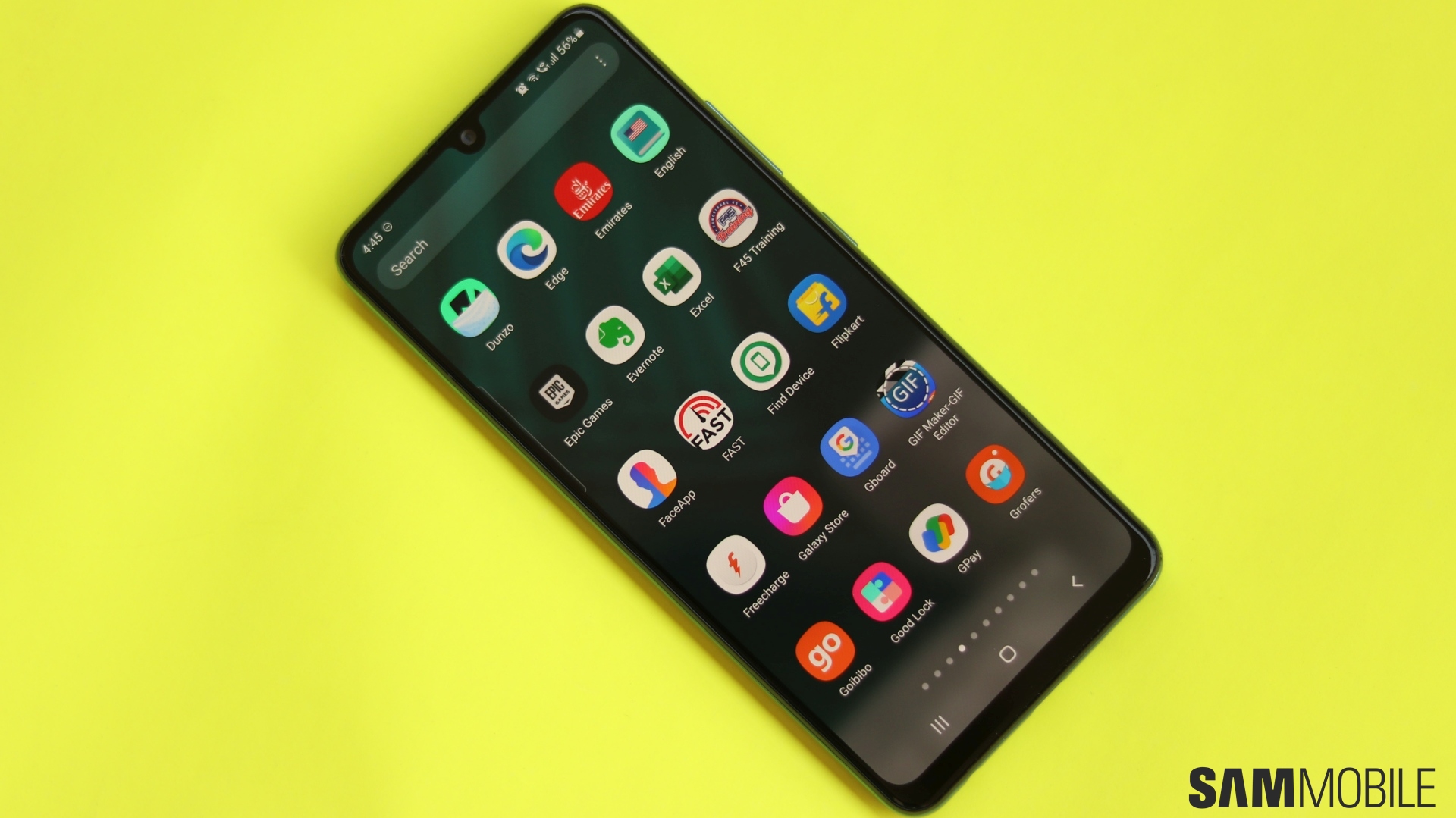
The Galaxy A32 is the first Samsung phone with an AMOLED display and a 90Hz refresh rate. When the phone was first announced, I had little reason to believe that the MediaTek Helio G80 chipset inside would be able to handle the high refresh rate well, and my mind hasn’t changed after using the phone for a little over a week as my daily driver.
First, let me clear it up for those wondering whether 90Hz is even a notable increase over the 60Hz displays phones have had for time immemorial: It is. The smoother animations and scrolling are easily noticeable, but that’s only when the phone is actually able to push all those frames. The only apps where the phone consistently handled the high refresh rate properly were Facebook, Instagram, and WhatsApp. Yes, you read that right: It did good in Facebook, one of the most unoptimized Android apps around.
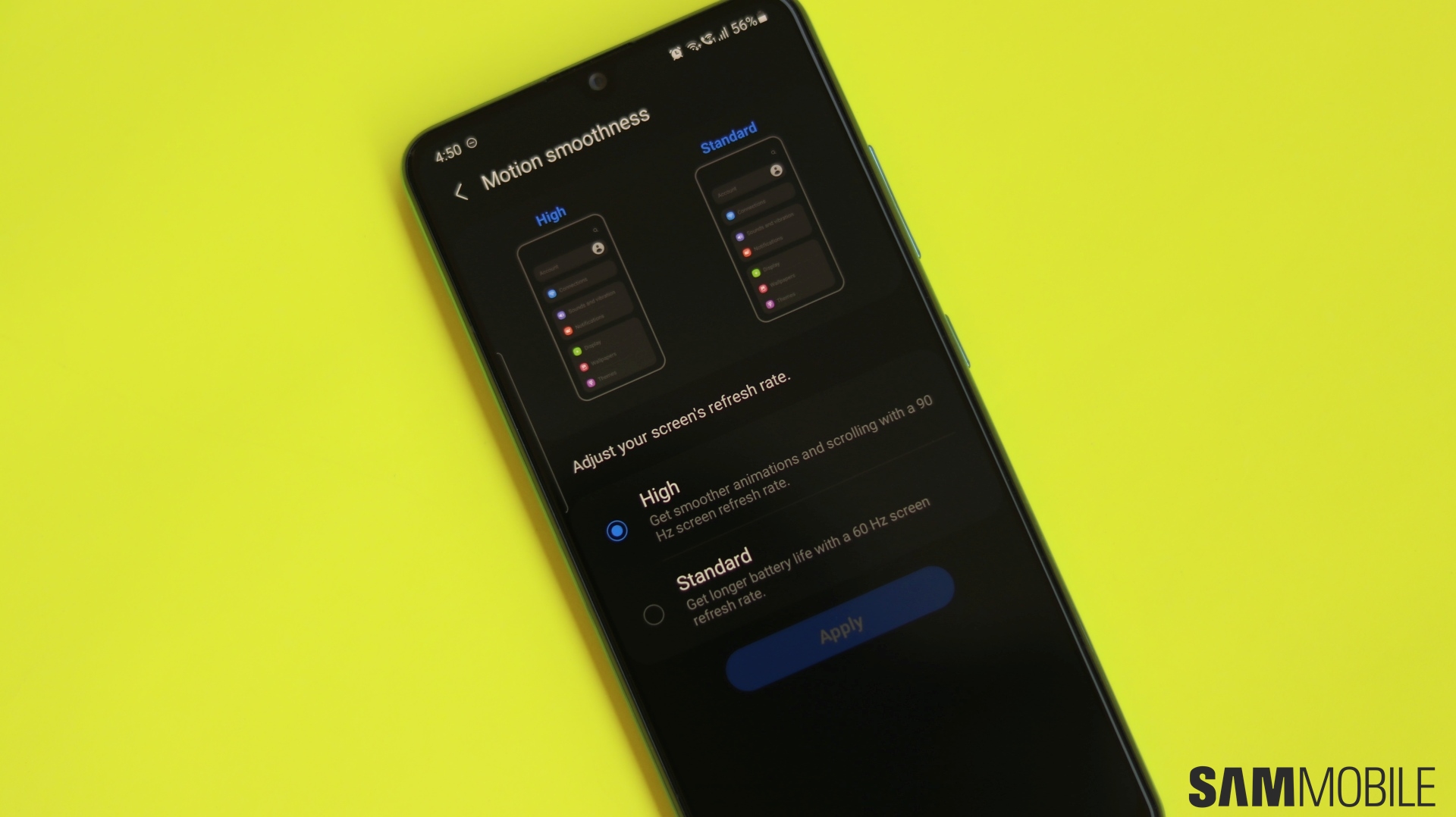
Scrolling in the phone’s Settings app was smooth as well, but the notification shade was locked to 60Hz at all times for some reason. The Chrome and Samsung Internet apps were hit and miss: Sometimes scrolling was smooth even on the most graphics-heavy sites, and at other times it stuttered like crazy. The MediaTek G80’s GPU clearly isn’t able to keep up with the faster screen refresh, and the 90Hz display is more of a gimmick than a truly game-changing feature. It’s nice when it works, but that unfortunately doesn’t happen often.
The 90Hz display is more of a gimmick than a truly game-changing feature
Thankfully, the display is otherwise as good as you can expect in the sub-$300 segment. It’s sharp, has vivid colors and deep blacks, and sunlight legibility wasn’t too much of an issue. The built-in optical fingerprint scanner is quick most of the time, though I had plenty of instances where it didn’t recognize my fingerprint, so it isn’t perfect.
Galaxy A32 camera
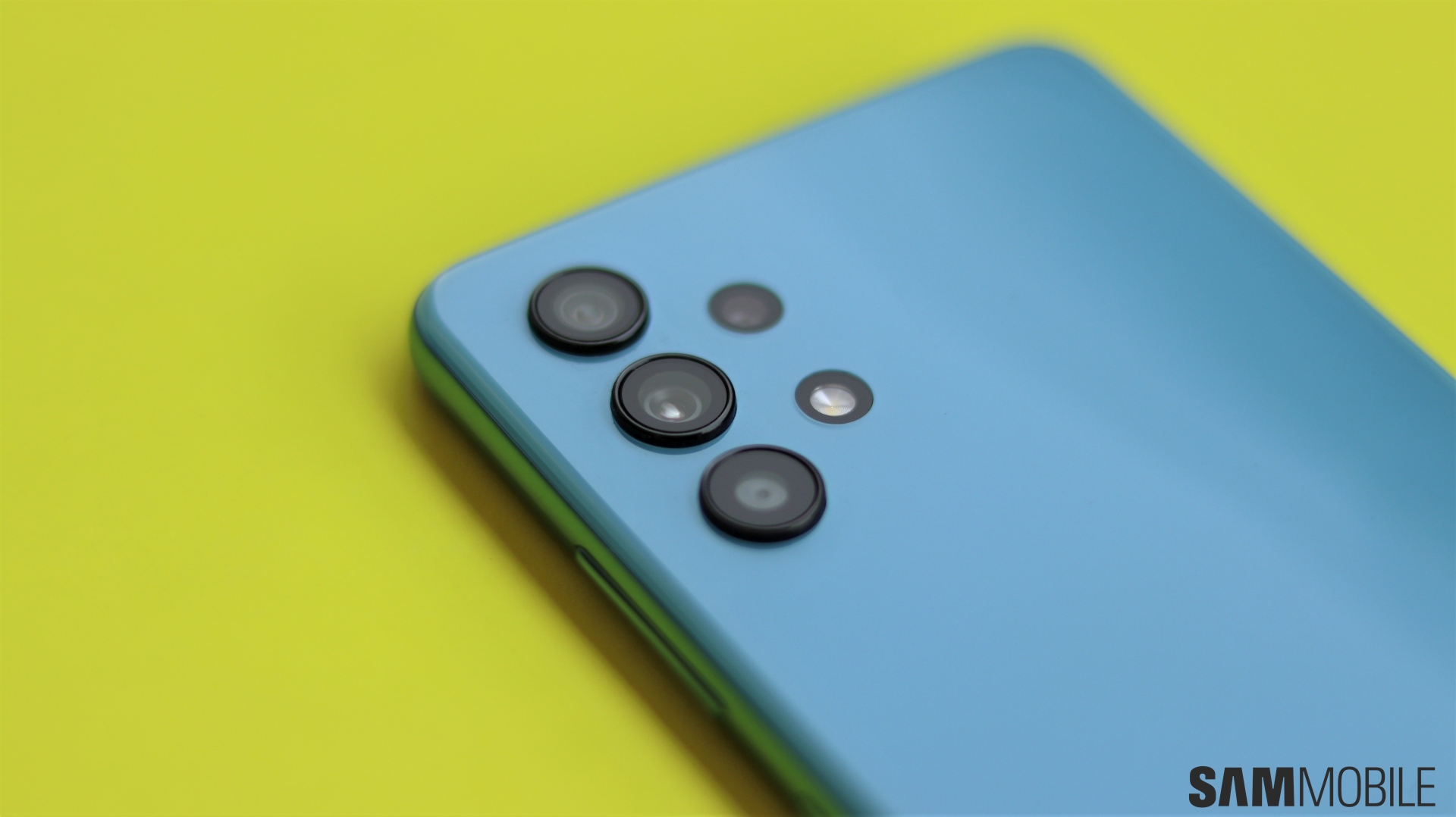
The 48MP main rear camera takes 16MP pictures using pixel binning, but I found detail in those pictures to be somewhat lacking. Switching to the full 48MP mode is necessary for capturing higher detail, even if you get somewhat poorer dynamic range when you do that. However, whether 16MP or 48MP, noise is well controlled in daylight pics and indoors when there are some bright artificial lights in the scene. Nighttime performance without much artificial lighting is nothing to write home about, but that’s to be expected from a Galaxy phone that costs less than $300.
Results from the ultra-wide camera are barely serviceable in all but natural daylight, and even then, there’s a clear lack of detail when you start zooming in. And the macro camera that Samsung is equipping all its cheap phones with continues to be horrible because of the low resolution and the lack of autofocus, which makes getting the right focus a tough thing to do. The depth camera, however, does a commendable job helping the phone take bokeh photos, though the usual edge detection issues crop up every now and then.
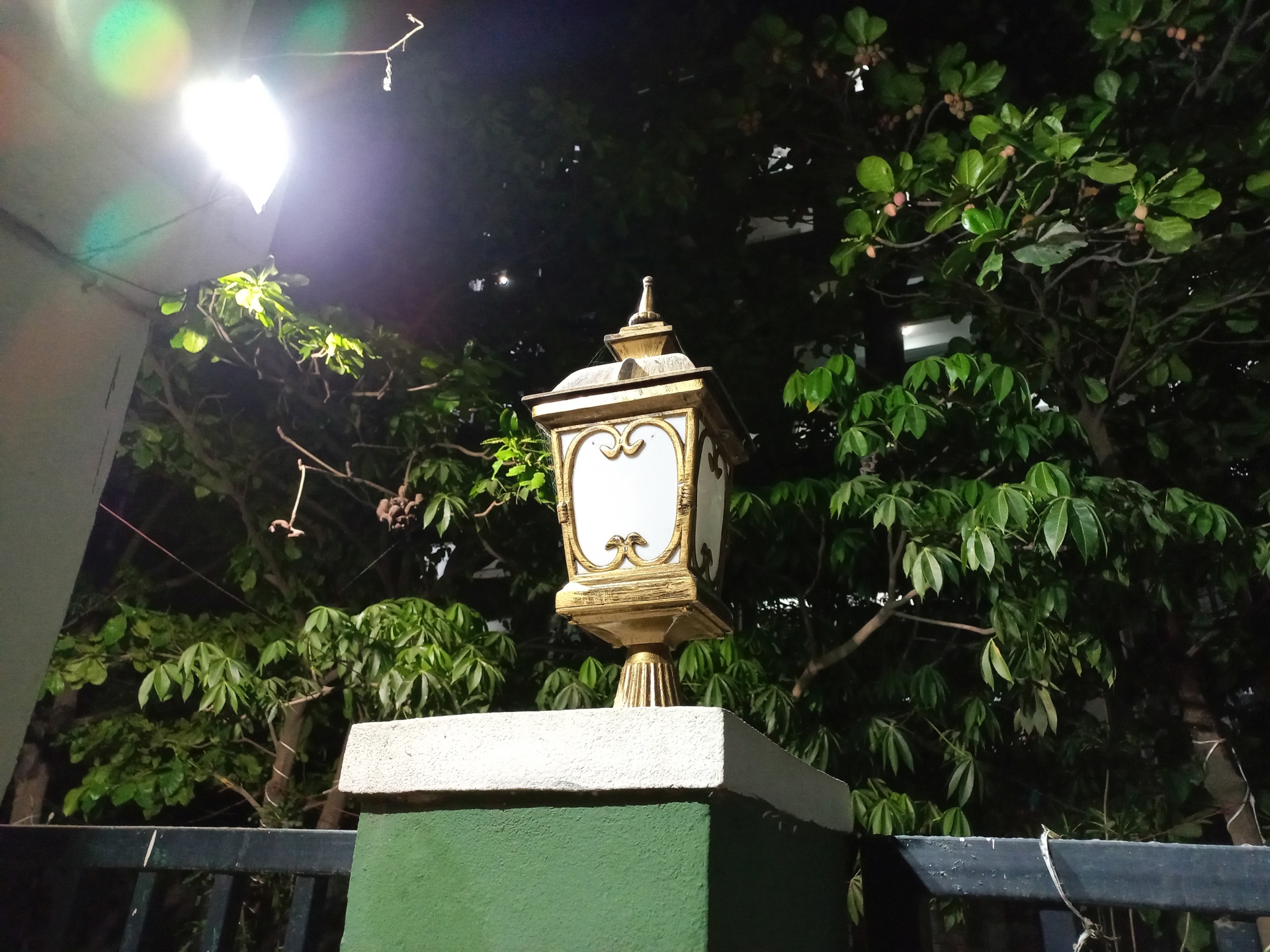
The 20MP selfie camera packs a fair amount of detail and mostly accurate skin tones. Ultra low-light selfies are a challenge, but you can use the screen flash to get better results. Night mode is also available for both the rear and front cameras, though the results are often similar to photos taken without it. Speaking of modes, the A32 comes with a few basic options, such as panorama, a basic pro mode, hyperlapse, slow motion, and AR Doodle. Video recording maxes out at Full HD@30 fps, and video quality is okay as long as you don’t move around because of the lack of optical image stabilization.
Check out a gallery of camera samples from all of the Galaxy A32’s camera below.




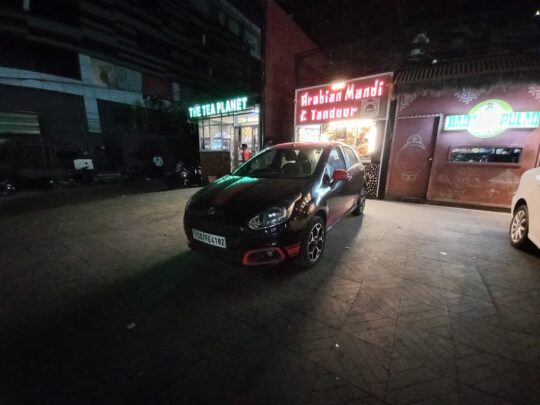


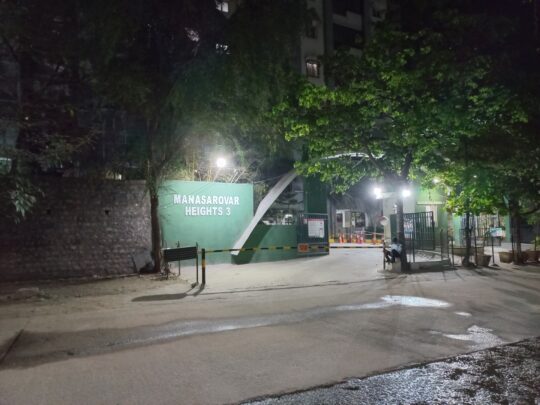




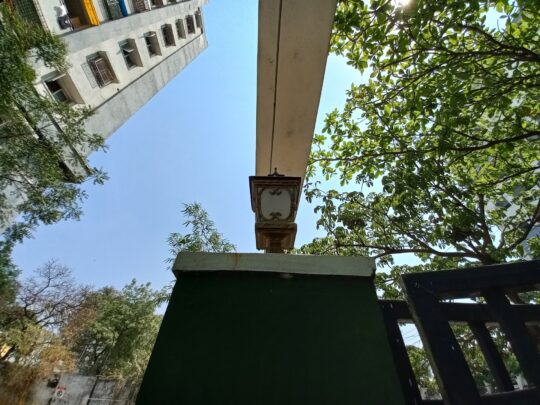
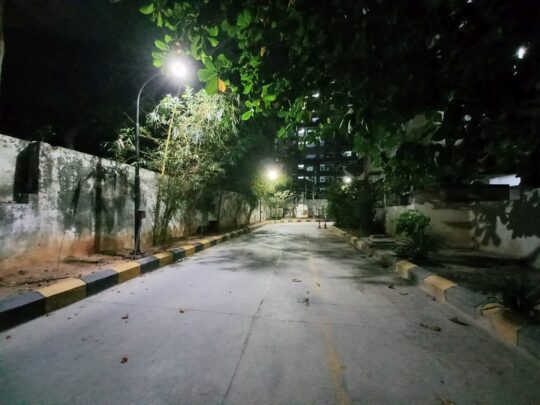
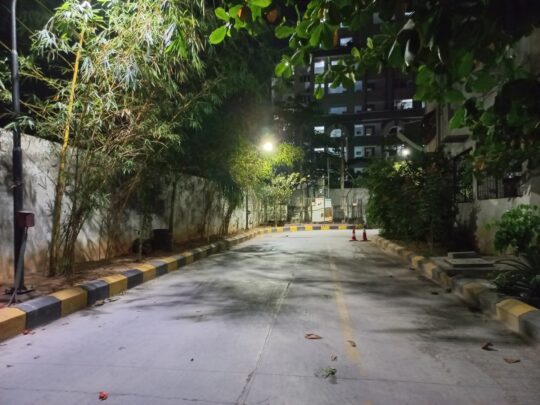
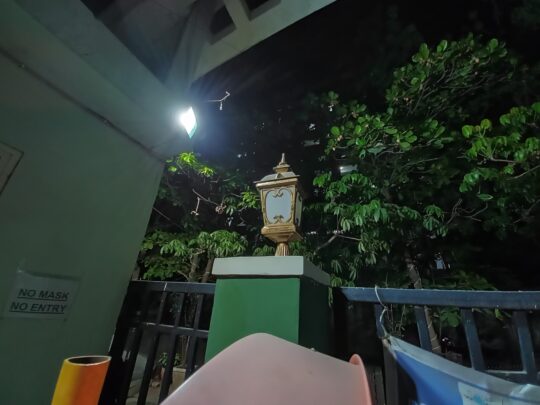












Galaxy A32 software
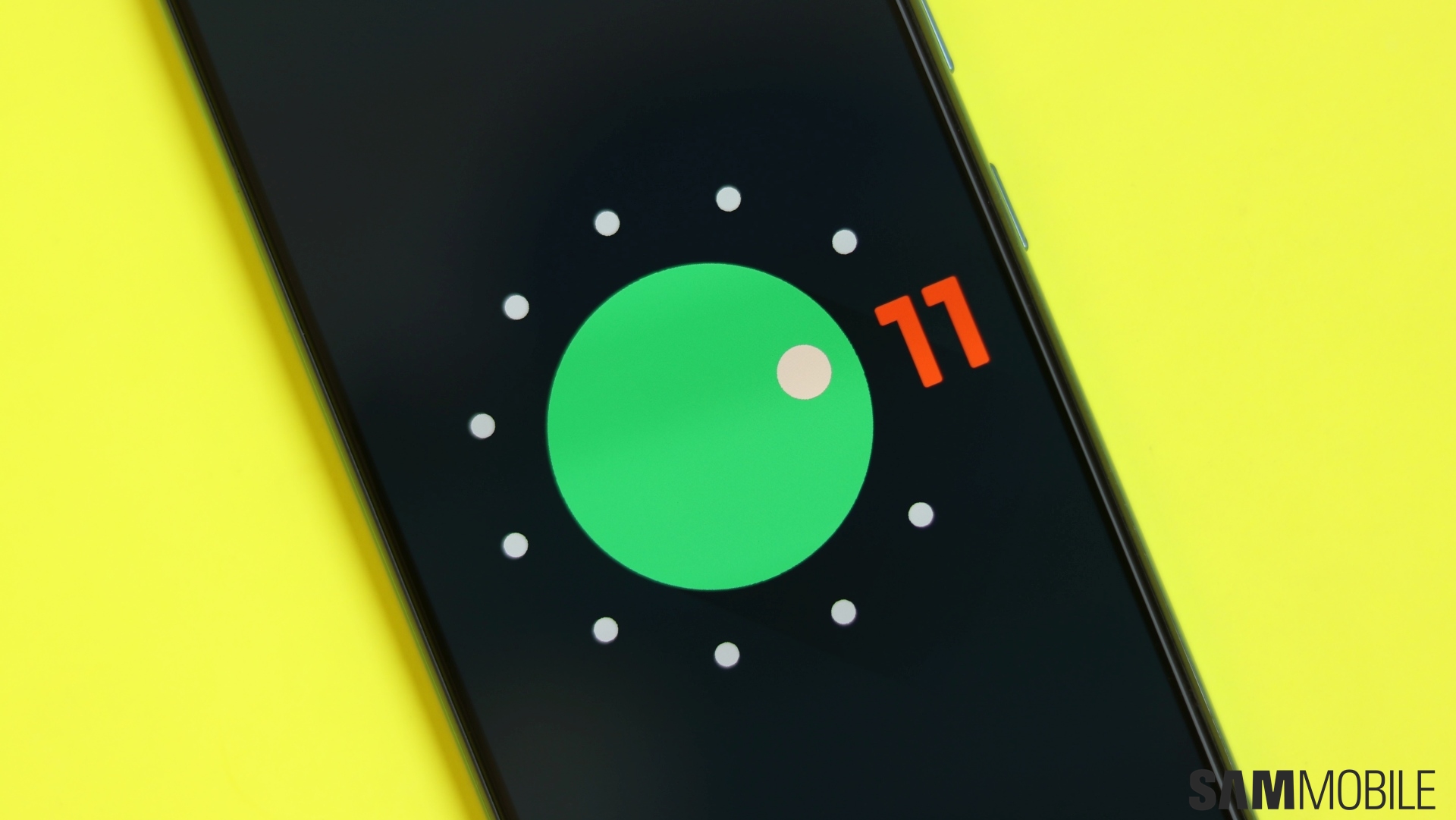
The Galaxy A32 is one of the first few Galaxy phones to come with Android 11 and One UI 3.1 out of the box. As is typical of these lower mid-range phones, Samsung has stripped the software of some of its best features, such as all Bixby features and a built-in screen recorder. One UI 3.1 features like video call effects are missing as well. However, you do get Google Discover on the home screen, and Google Messages comes set as the default SMS app.
Samsung has stripped the software of some of its best features
Some good old Samsung features are also present, such as one-handed mode, Dual Messenger (for running two instances of the same social media app), Kids Mode, Secure Folder, Samsung Pay (NFC-only), and Always On Display. Link to Windows integration is there as well, and so are features like Call & text on other devices and Continue apps on other devices, which let you pick up calls on a Galaxy tablet or a different phone or continue where you left off in apps like Samsung Internet, just as long as you are using the same Samsung account on all the devices.
It’s currently unclear if the Galaxy A32 will make the cut for Samsung’s promise of three major OS upgrades, but it should get at least two big Android and One UI updates and four years of security updates (more details here). That’s more than what most manufacturers are providing to phones this cheap, so the A32 has an upper hand whether or not it gets a third big OS update.
Galaxy A32 performance
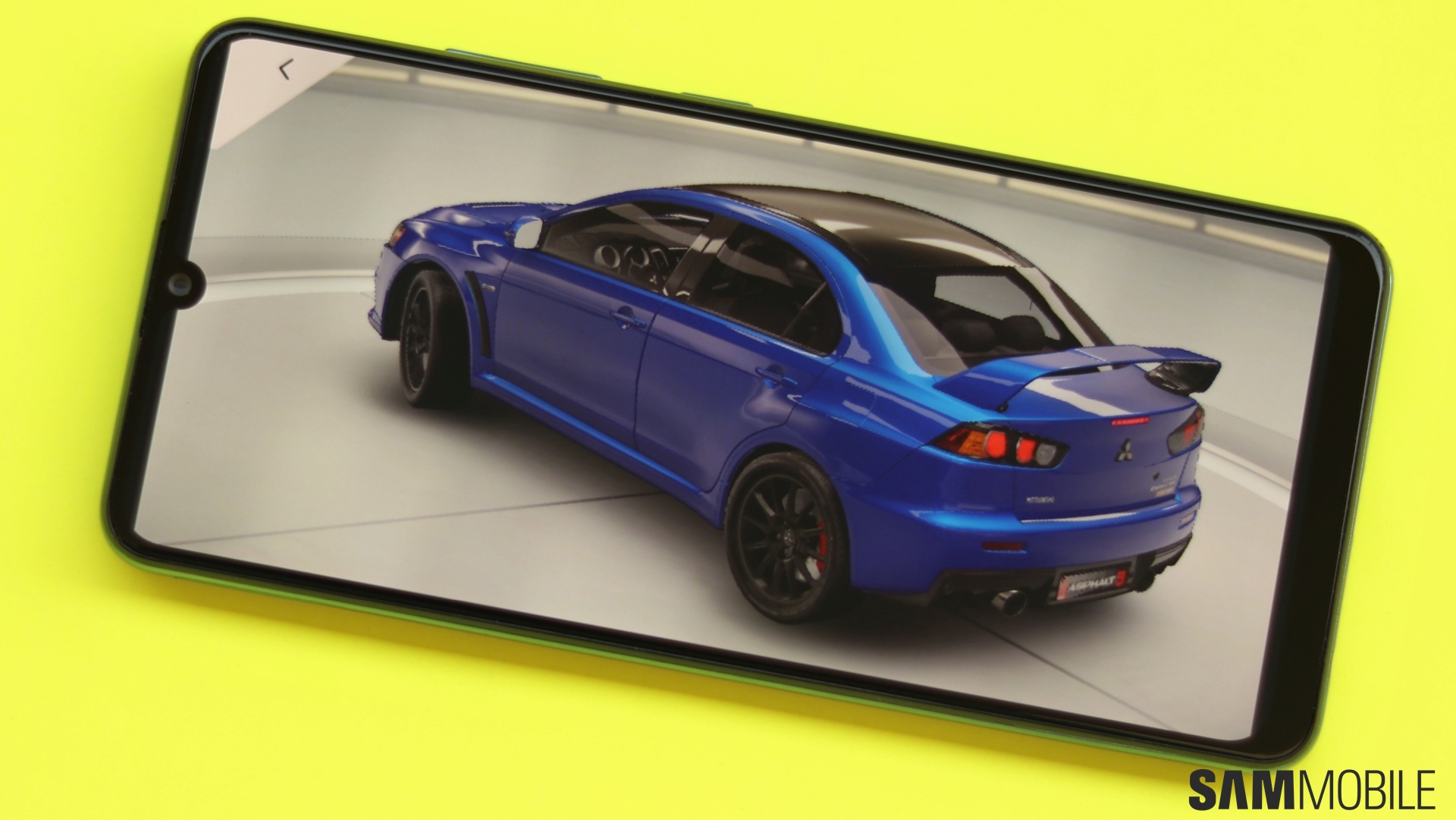
The Galaxy A32’s performance is strictly mediocre. It runs fine for a few minutes, and then suddenly starts lagging and stuttering in everything from simply swiping open the notification shade to opening the camera app. The camera app sometimes takes up to 4-5 seconds to open, and once it does, it takes another couple of seconds before you can start switching shooting modes.
I’m surprised the 90Hz refresh rate even works on this phone, because general performance outside of gaming seemed worse here than it did on last year’s Galaxy A31, even though that phone was powered by a MediaTek chipset with slightly underclocked processor cores and GPU.
You can play PUBG, Call of Duty, and Asphalt 9 at their default graphics settings
Gaming performance is somewhat better, however, thanks to the higher clock speed of the GPU inside the A32. By that I mean you can play AAA titles like PUBG, Call of Duty, and Asphalt 9 at their default graphics settings (which is usually the medium preset), something the A31 struggled with. Just don’t expect the 90Hz refresh rate to come into play in any title, as that level of performance is beyond what these humble MediaTek chipsets are capable of.
Galaxy A32 battery life
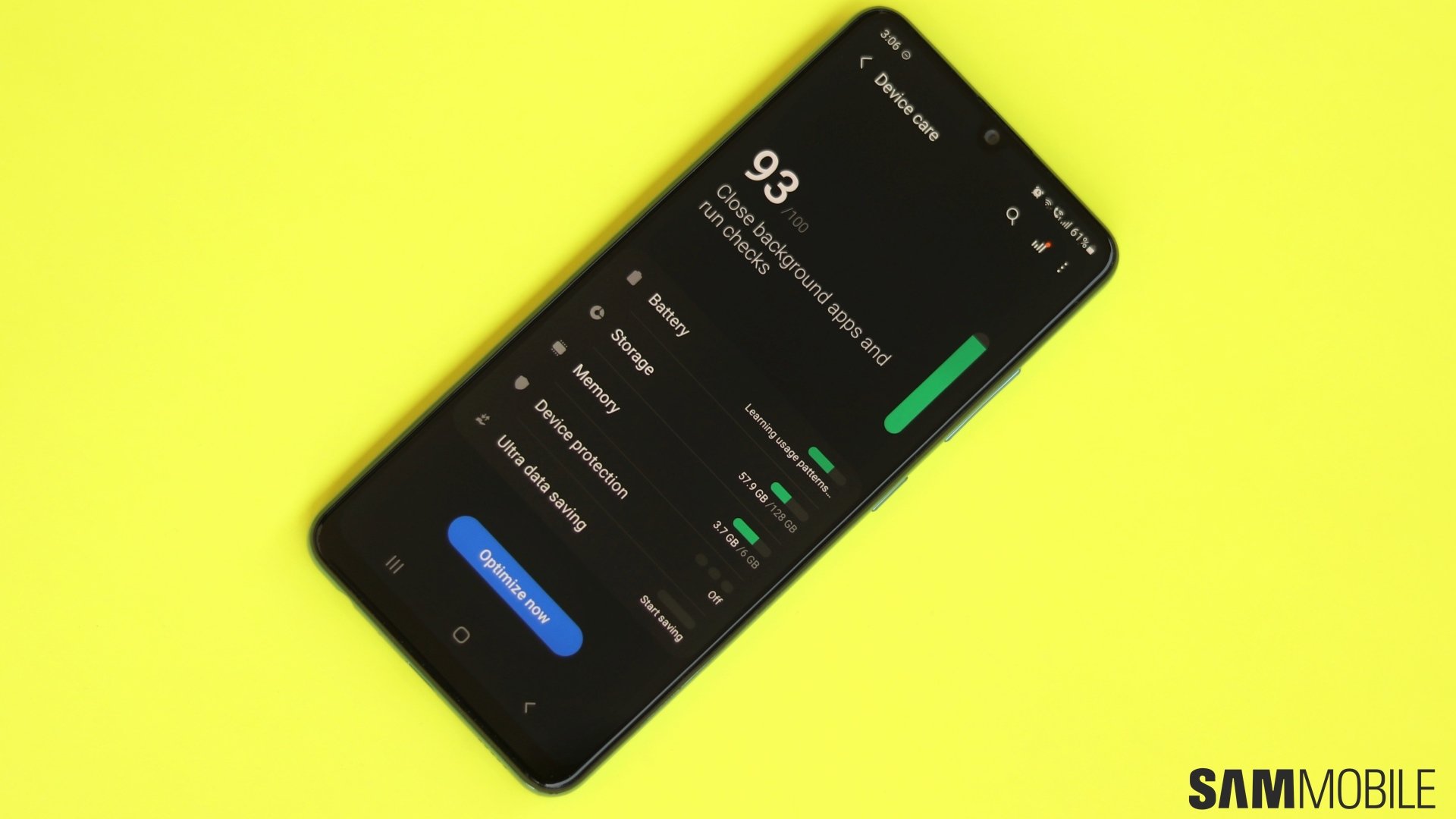
The 5,000 mAh battery inside the Galaxy A32 is good for two days of light use, and even with heavy use, it will last you till your bedtime. This is with both the high refresh rate enabled and disabled, so it’s a pretty impressive showing. And it’s a good thing, too, because this phone takes a long time to charge.
The 5,000 mAh battery inside the Galaxy A32 is good for two days of light use
15W charging is no longer considered fast despite Samsung’s insistence on calling it so, and you’re looking at almost two and a half hours to fully top-up the battery from 0. If you want faster charging, one of the recent Galaxy M series phones — like the Galaxy M31s or Galaxy M51 — is your best bet.
Galaxy A32 call and audio quality
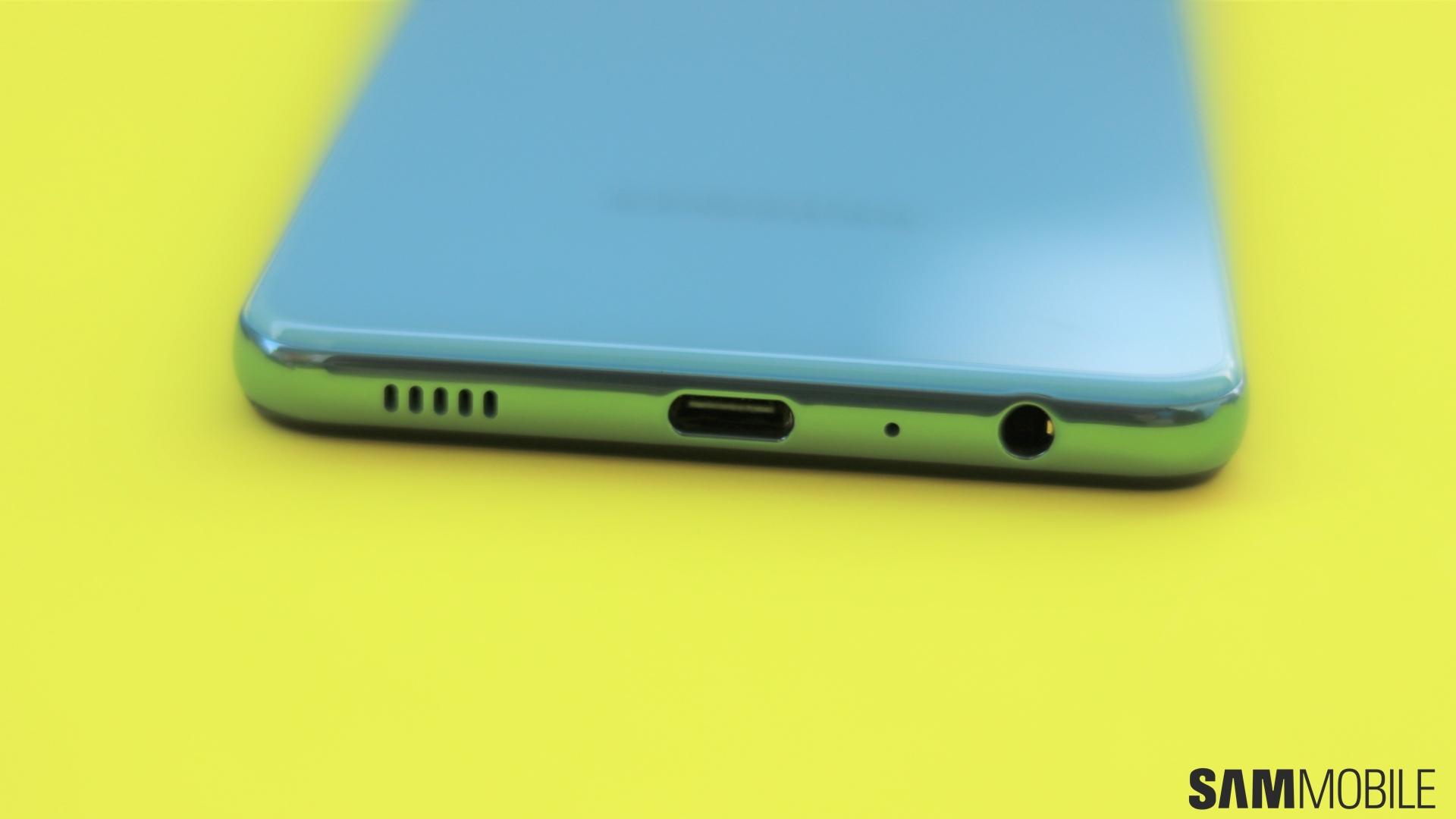
The Galaxy A32’s single loudspeaker never distorts at the maximum volume, but only because that maximum volume is too low. With the ceiling fan in my bedroom running at almost full speed, I had to strain to make out what was being said in the podcasts I was listening to. And good luck if you want to take calls over the speaker – network reception is solid, but the sound output is too weak even indoors. Earphones are necessary, but you will have to buy your own as Samsung isn’t shipping any in the box (there’s only a 15W charger and USB cable in there). Or you could just stick to taking calls over the earpiece, as that works pretty great.
Galaxy A32 verdict
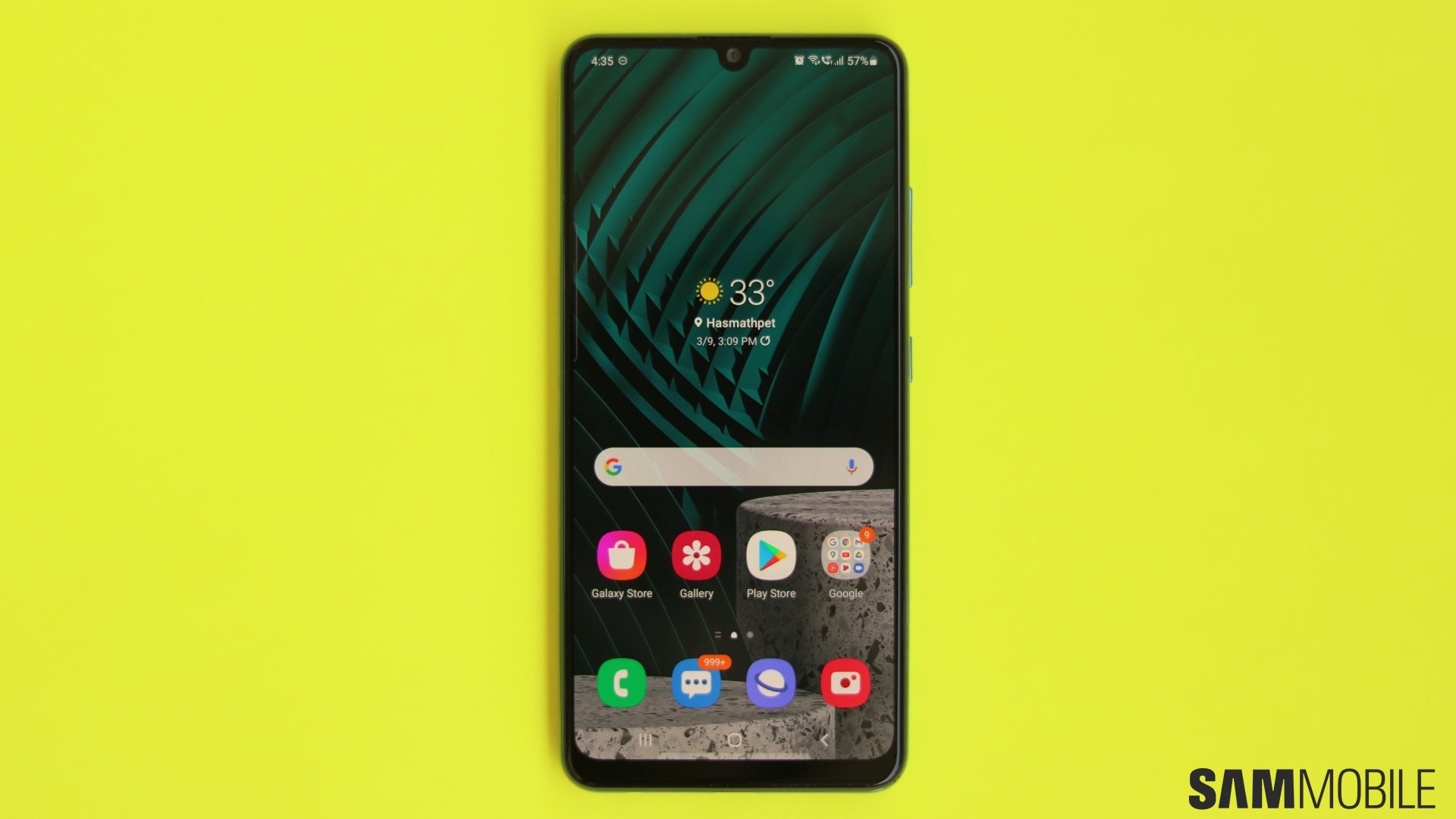
The Galaxy A32 would have been easy to recommend if it didn’t have so many performance issues. The versatile cameras, outstanding battery life, and the latest software are nice, but the slowdowns in day-to-day use and the phone’s inability to properly drive that high refresh rate display ruin the experience.
Most customers would be better off buying the Galaxy A51 from last year, especially if they’re upgrading from a Galaxy A30 or Galaxy A31. It doesn’t have a high refresh rate screen or battery life as good as the A32, but it’s still a better phone overall. And it will get three major OS upgrades, so it won’t start getting outdated on the software front until 2023.
P.S.: Want to know something about the Galaxy A32 that’s not mentioned in the review? Ask me in the comments section and I’ll do my best to answer.
| Pros |
Cons |
| Excellent Super AMOLED display |
Too much lag and stutter for a 2021 phone |
| 90Hz refresh rate makes scrolling smooth… when it works |
Cameras suffer from lack of detail in many situations |
| Versatile camera setup with good daylight performance |
Macro camera needs a higher-resolution sensor |
| Fantastic battery life |
Speaker too quiet |
| Android 11 and One UI 3.1 out of the box |
15W charging feels woefully inadequate |
| Cute design |
|
| Improved gaming performance over the Galaxy A31 |
|
|
|
The post Samsung Galaxy A32 review: A little too slow for 2021 appeared first on SamMobile.
from SamMobile https://ift.tt/3bKYZYJ
via
IFTTT



